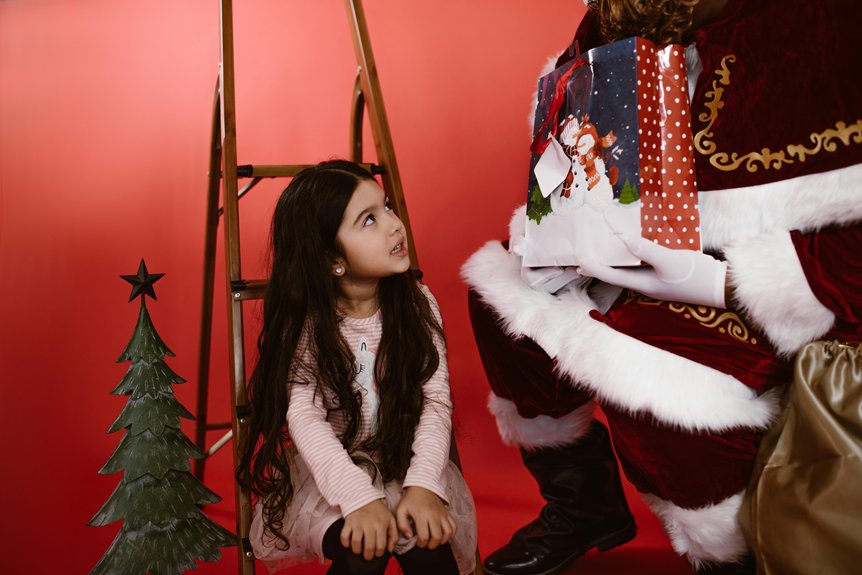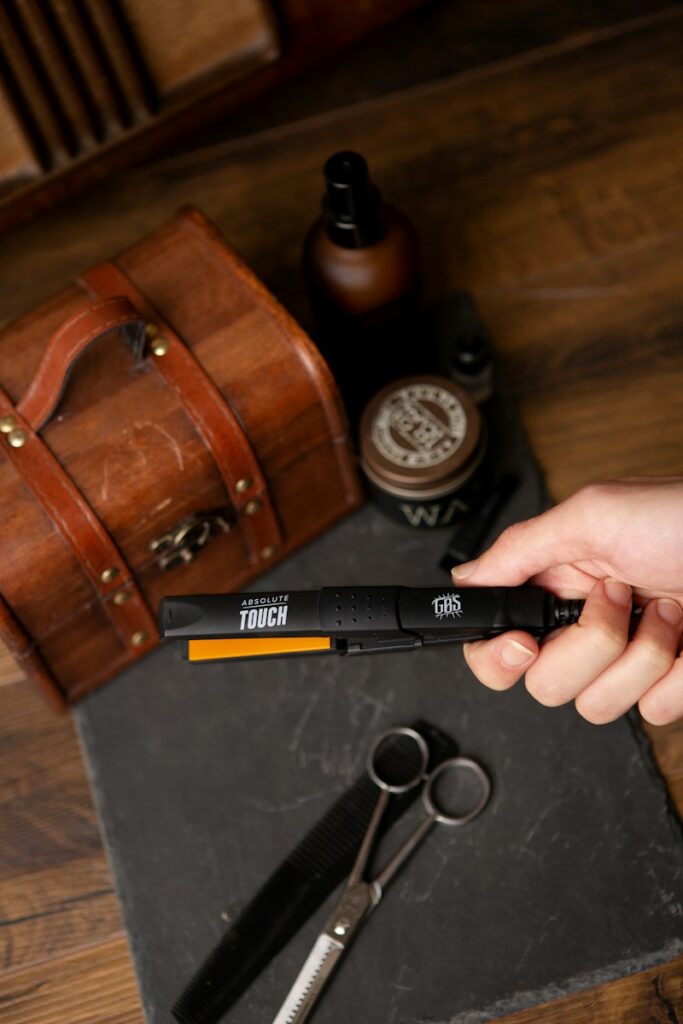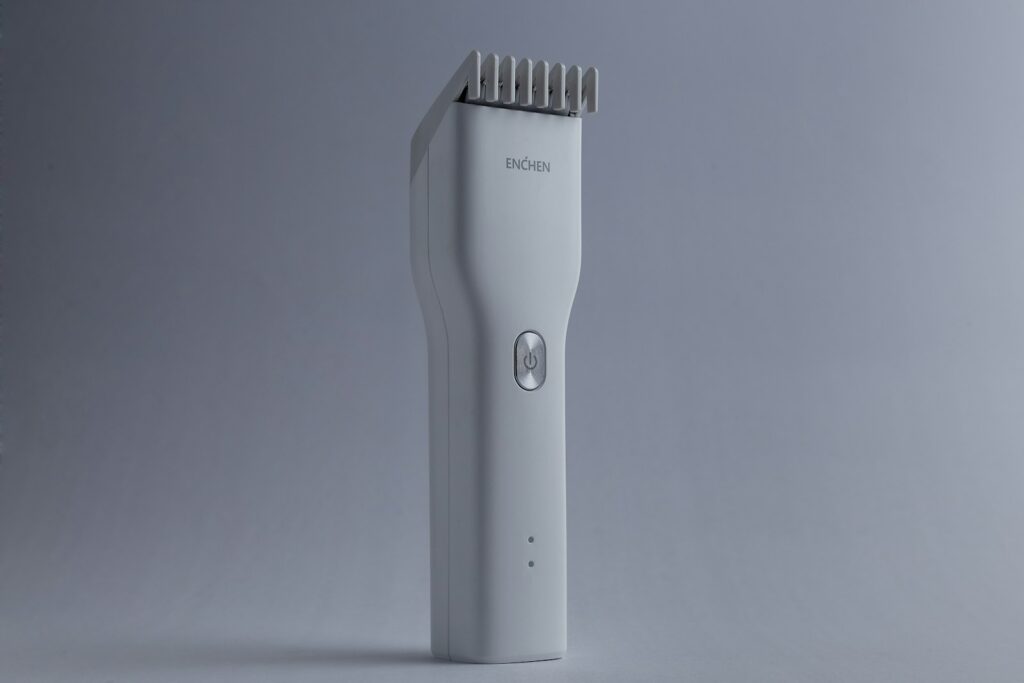Santa Claus didn’t always wear the iconic red suit with a white beard. His look has evolved considerably over the centuries, starting from the historical Saint Nicholas, a benevolent figure from Turkey. A major shift occurred in the 1930s when Coca-Cola’s advertising campaigns cemented his modern image. Films and television further shaped this cheerful, approachable appearance. But why has Santa’s look endured, uniting cultures and symbolizing generosity across the globe? The journey of his transformation holds intriguing perspectives.
Key Takeaways
- Saint Nicholas, born in 280 AD, laid the foundation for Santa’s image through his generosity and compassion.
- Coca-Cola’s 1930s campaigns popularized Santa’s modern look as a jolly, bearded man in a red suit.
- Films like *Miracle on 34th Street* depicted Santa as warm and approachable, reinforcing his iconic image.
- Santa’s beard, taking up to 9 months to grow, symbolizes warmth, generosity, and the holiday spirit.
- Santa’s appearance represents values of community, sharing, and kindness, uniting diverse cultures during the holidays.
The Origins and Early Inspirations of Santa Claus
Although often associated with the North Pole and reindeer, Santa Claus’s origins are far from the snowy scenery we imagine today. Born in 280 AD in what’s now Turkey, the historical figure behind Santa Claus was Saint Nicholas.
Known for his generosity and compassion, he inspired many Santa figures throughout history. As the patron saint of maidens, barren wives, sailors, infants, students, thieves, and mother Russia, his legacy of serving others set the foundation for the modern Santa Claus imagery.
Unlike the bearded Santa we know, Saint Nicholas maintained a well-groomed man mane, contributing to his dignified presence. Just as premium ingredients enhance the grooming experience for modern men, Saint Nicholas’s reputation was enhanced by his noble deeds and kindness.
The Impact of Coca-Cola on Santa’s Modern Image
Coca-Cola played a vital role in shaping the modern image of Santa Claus, converting him into the jolly figure we recognize today. In the 1930s, Coca-Cola’s marketing campaigns depicted Santa as a plump, bearded man in a red suit, a look that has since become iconic. These images resonated with audiences, embedding this cheerful Santa into holiday traditions worldwide. Though not solely responsible for Santa’s transformation, Coca-Cola’s portrayal was undeniably influential. The branding impact of Coca-Cola is comparable to how certain grooming brands like MANSCAPED have influenced male grooming standards with their innovative products. Coca-Cola’s vision continues to inspire those who serve others during the festive season.
Santa Claus in Film and Television
Santa Claus has become an enduring character in film and television, playing a crucial role in shaping the cultural perception of this beloved figure. Movies like *Miracle on 34th Street* showcased Santa as a warm, approachable character, setting a precedent for future portrayals.
Edmund Gwenn’s performance captured audiences’ hearts, reinforcing Santa’s image as a jolly, generous figure. Television specials, like *Rudolph the Red-Nosed Reindeer*, further cemented Santa’s role in holiday traditions.
These portrayals emphasize the spirit of giving and joy, inspiring viewers to welcome kindness and community. Santa’s presence on screen continues to influence how people perceive generosity and goodwill.
Growing and Maintaining Santa’s Beard
While the image of Santa Claus is often associated with his jolly demeanor and red suit, the beard is an equally essential aspect that requires significant dedication and care. Growing a Santa beard demands commitment, taking up to 9 months to reach the desired length.
Most Santas choose to grow their own, embracing the natural look. Proper maintenance involves using conditioner to keep the beard soft and flowing. Many opt for chemical treatments to achieve the iconic white hue.
This thorough grooming ensures Santa’s beard remains a symbol of generosity and warmth, embodying the spirit of giving during the holiday season.
The Cultural Significance of Santa’s Appearance
Although Santa’s image has evolved over the centuries, his appearance has become a powerful cultural symbol that transcends mere holiday decoration. Santa’s iconic look, with his red suit and white beard, represents generosity, joy, and community spirit.
His presence during the holiday season encourages giving, sharing, and kindness, embodying the values of service and goodwill. For many, Santa’s image triggers memories of childhood wonder and the magic of giving.
His universal appeal crosses cultures and traditions, uniting people in festive celebration. Santa’s enduring image not only decorates homes but also cultivates a sense of unity and compassion worldwide.
Final Thoughts
Santa’s iconic look, originating from Saint Nicholas and evolving over centuries, now embodies a universal symbol of joy and generosity. Coca-Cola’s 1930s campaigns markedly shaped this modern image, which films and TV have since solidified. His red suit, white beard, and jolly demeanor transcend cultures, promoting warmth and kindness. The enduring appeal of Santa’s appearance emphasizes its cultural significance, demonstrating how a historical figure can develop into a modern-day emblem of festive spirit worldwide.







